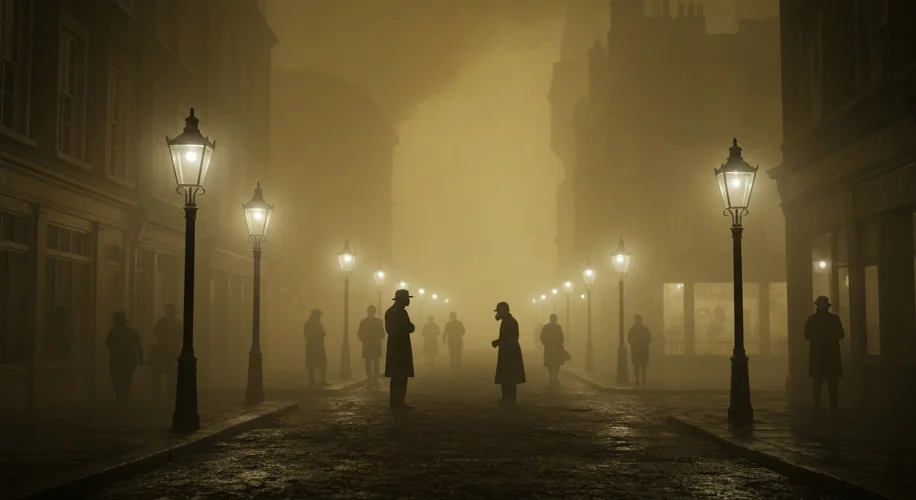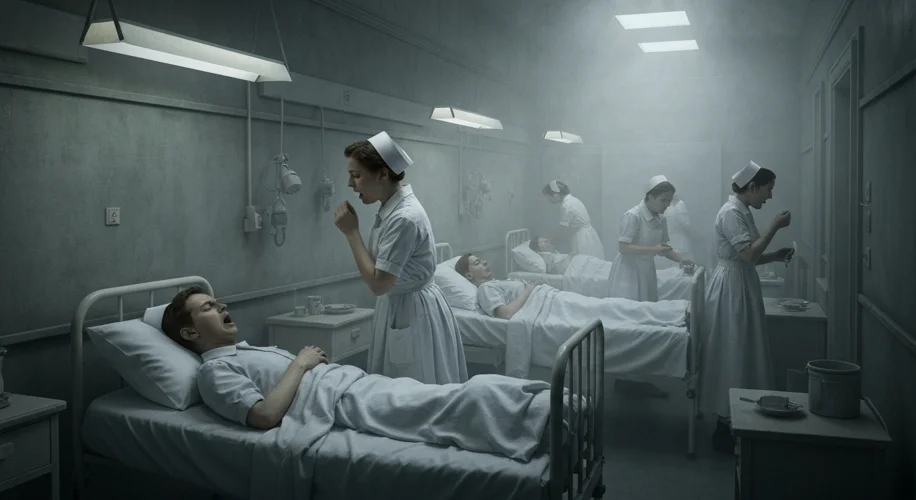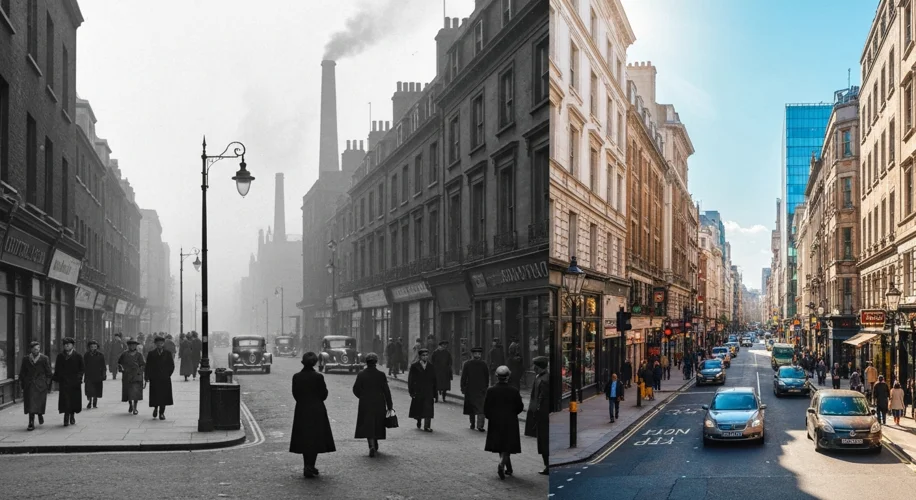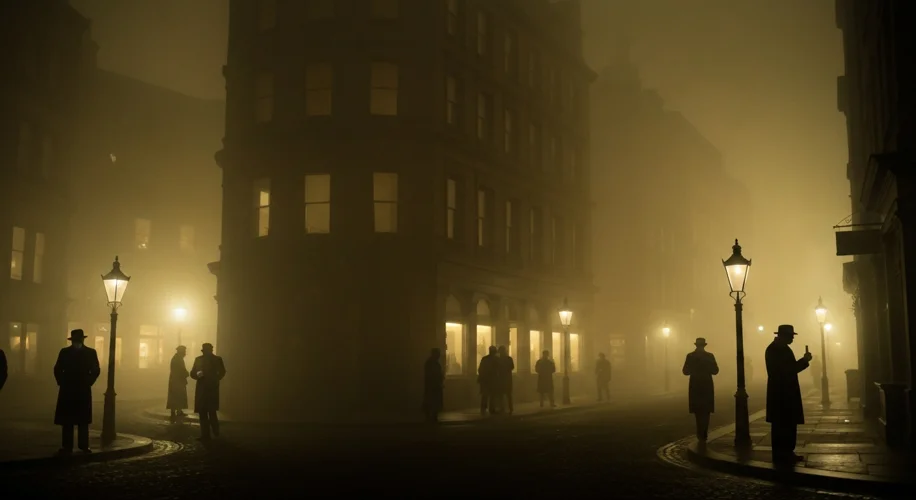The air in London, December 1952, was thick. Not just with the usual London fog that often shrouded the city, but with something far more sinister. For five suffocating days, a deadly blanket of smog descended, transforming the familiar cityscape into a scene from a dystopian nightmare. This was the Great Smog of London, an event that would forever alter the course of environmental awareness and public health policy.
London in the post-war era was a city rebuilding, fueled by coal. Central heating was becoming more common, and factories churned out goods, but the cost to the air was immense. The city was already prone to “pea-souper” fogs, dense fogs exacerbated by smoke from burning coal. However, the conditions in early December 1952 were a perfect storm. A cold spell meant more coal was being burned for heat, and an anticyclone settled over the city, trapping the pollutants close to the ground. The air, normally stirred by winds, became stagnant, a cauldron of smoke, fog, and industrial effluence.
The effects were immediate and devastating. Visibility dropped to mere yards. Buses stopped running, theaters closed, and pedestrians navigated the streets by feel, often with cloths tied over their mouths and noses. But the visible horror was only part of the story. Invisible to the naked eye, sulfur dioxide, nitrogen oxides, and particulate matter, all byproducts of burning low-grade, sulfur-rich coal, filled the lungs of Londoners.

Dr. Alice Stewart, a public health physician, was one of the first to notice the alarming trend. While working at a hospital, she observed a significant increase in patients suffering from respiratory illnesses. Many were dying, their lungs ravaged by what doctors initially struggled to identify. The smog wasn’t just a nuisance; it was a killer. Over the next few weeks and months, the death toll mounted. While official figures initially stated around 4,000 deaths directly attributed to the smog, later research suggests the number could have been as high as 12,000. The victims were often the very young, the elderly, and those with pre-existing respiratory or cardiac conditions. It was a silent, indiscriminate assault.

The sheer scale of the disaster, and the realization that it was man-made, could no longer be ignored. The government, initially hesitant to link the smog to industrial pollution, was forced to act. The Beaver Committee was established to investigate the causes and recommend solutions. Their findings were stark: the burning of coal was the primary culprit, and existing legislation was woefully inadequate.
The Great Smog became a watershed moment. It exposed the devastating health consequences of unchecked industrial pollution and catalyzed a fundamental shift in public perception and governmental responsibility. The resulting Clean Air Act of 1956 was a landmark piece of legislation. It introduced “smoke control areas” where only authorized fuels could be burned, incentivized the use of cleaner fuels like gas and electricity, and mandated changes in industrial practices. Chimneys were raised to disperse smoke more effectively, and domestic coal fires, a significant source of the smog, were gradually phased out in urban areas.

The legacy of the Great Smog extends far beyond the immediate legislative changes. It was a pivotal event in the nascent environmental movement, demonstrating that collective human activity could have catastrophic consequences for the natural world and human health. It forced a re-evaluation of the relationship between industry, progress, and the environment. The smog was a stark, tangible reminder that the air we breathe is not an inexhaustible resource, and that its degradation has profound, life-altering impacts. It laid the groundwork for future environmental regulations, increased public awareness, and the development of scientific understanding of air pollution and its effects, setting London, and indeed the world, on a path toward cleaner air and a more sustainable future. The five days of darkness in December 1952 served as a grim but necessary lesson, proving that even the most familiar of urban landscapes could become a deadly trap when the air itself turns against its inhabitants.

